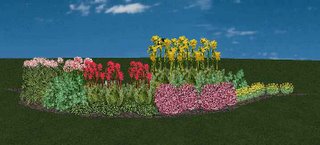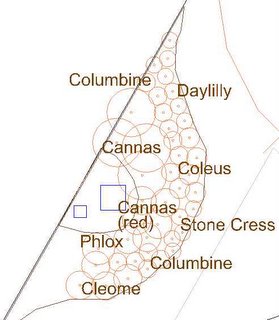
After a week of neglect, I have sprouts. (missed a watering, and had lots of dry and wilty looking plants)
The sprouts to the right are lettuce. I'm growing them in a trough this year to keep the slugs out of my greens. 12 hours and 3 cups of water earlier, these were pretty sad little sprouts.
So far, two plants have died from damping off, and maybe one more has died from neglect (wilt). But a good record nonetheless. I'll have to start trimming the perennial grasses soon - they're nearly 4" tall, and I want them to stay shorn until they can be moved to a window.
The rose seeds (Rosa Rugosa) are nearly complete from the heat-treatment, and start cold treatment this coming week. After three months of cold, they'll be potted up and hopefully sprout this year. In another year or two they can be transplanted outdoors. With some luck, 8 or 10 will survive that long, and be planted as a flowering hedge along the road.
And the Strawberry sprouts (here's the healthiest):

--





